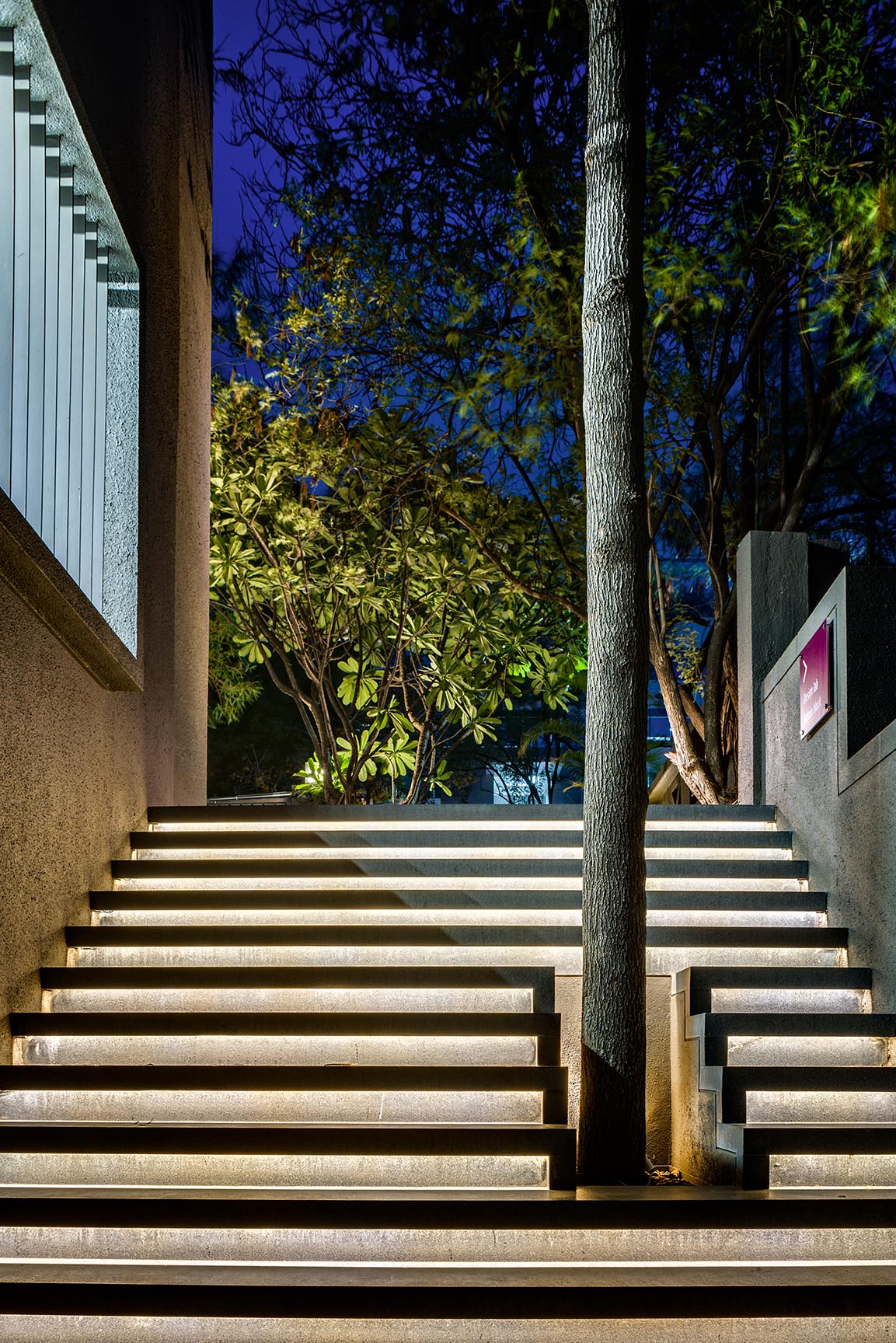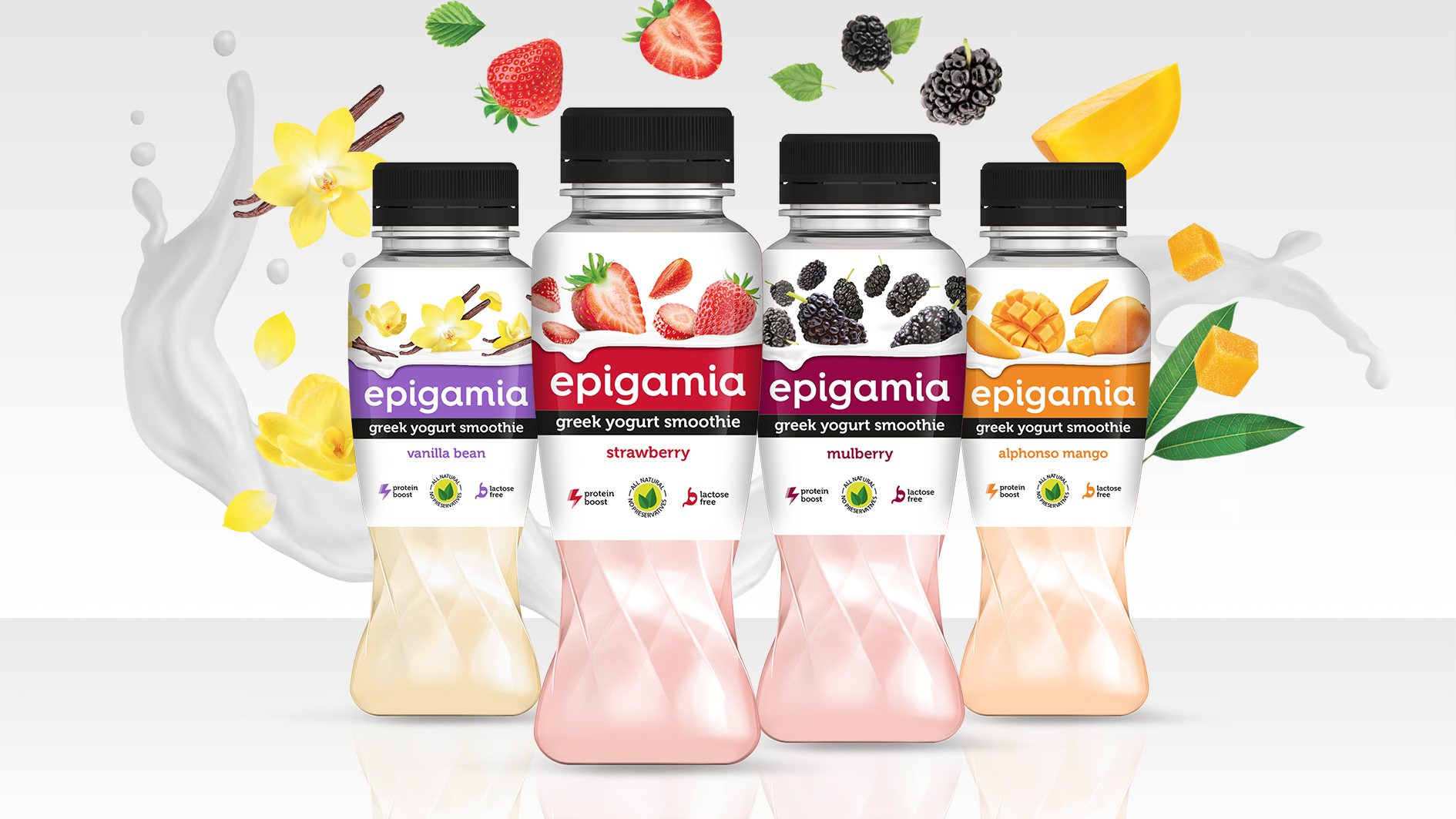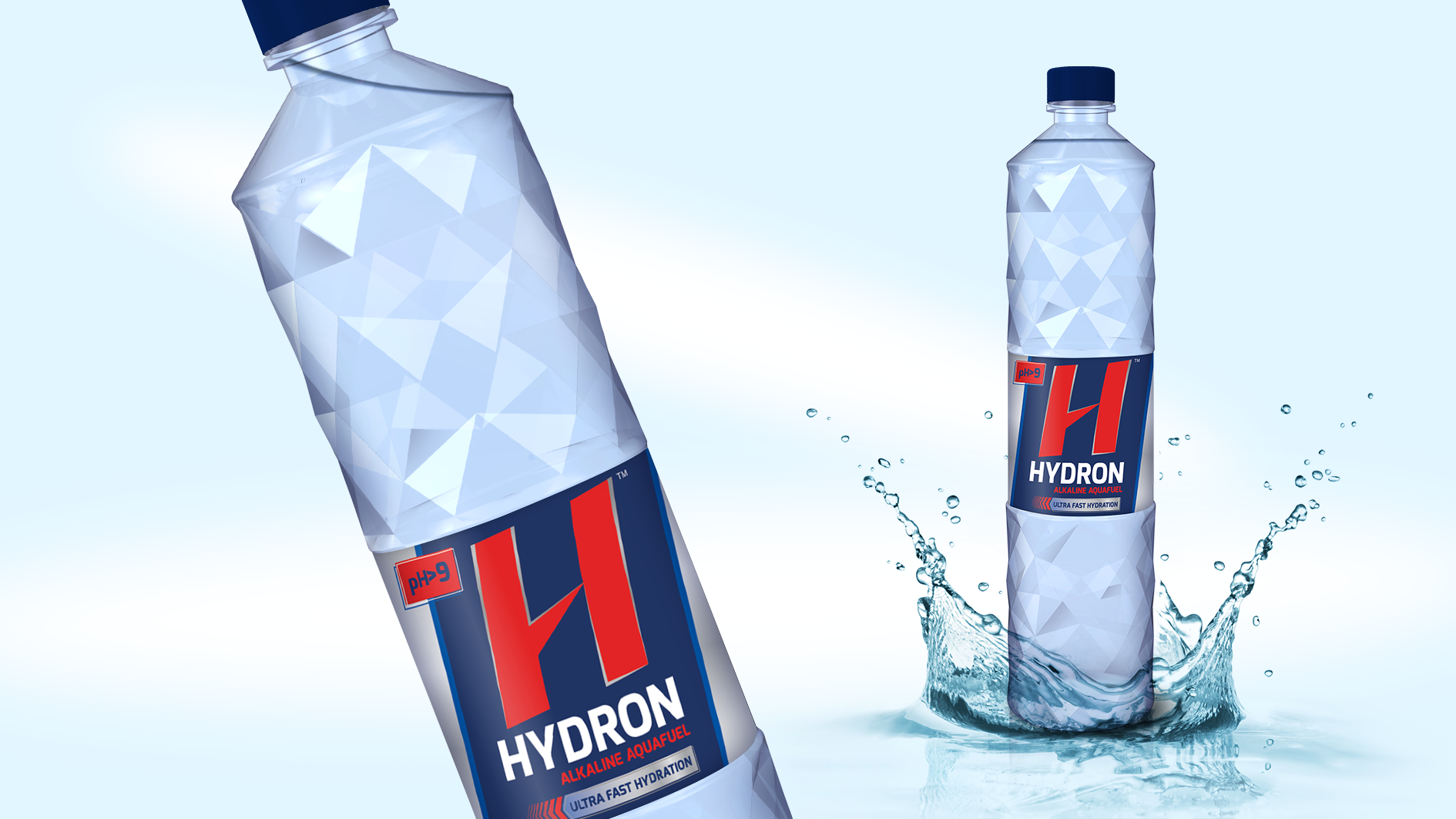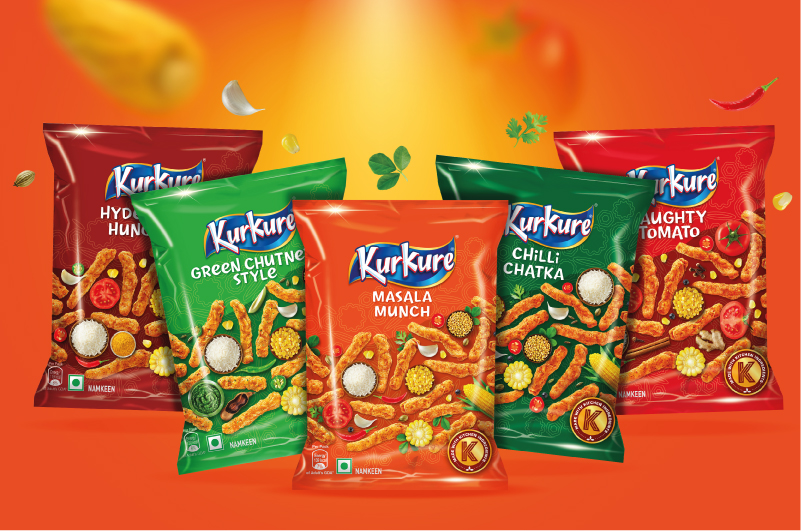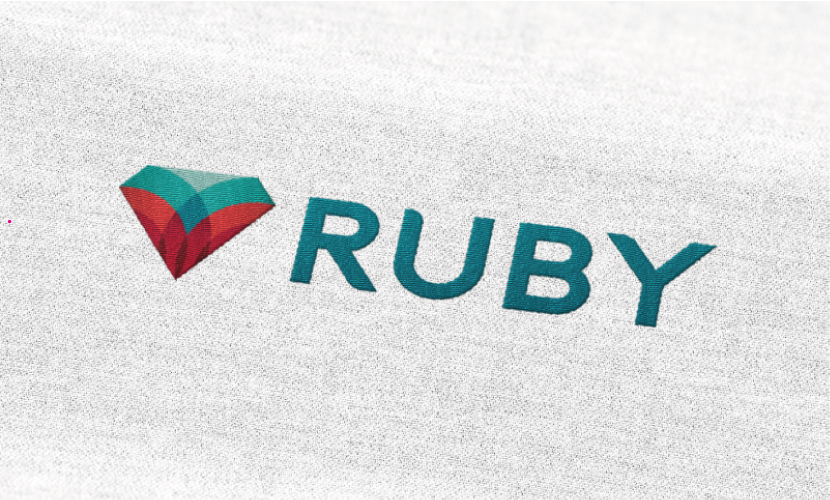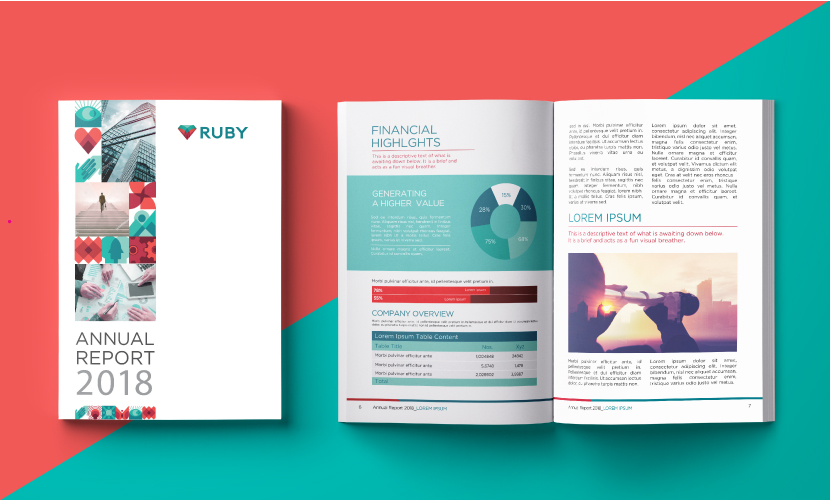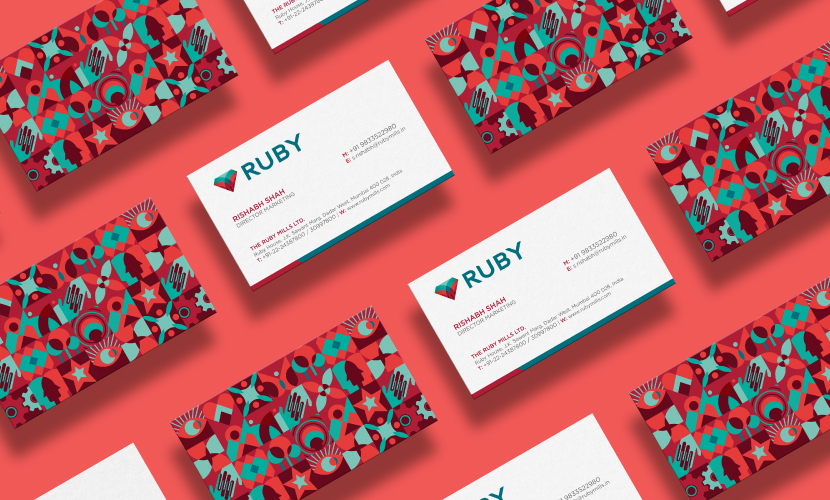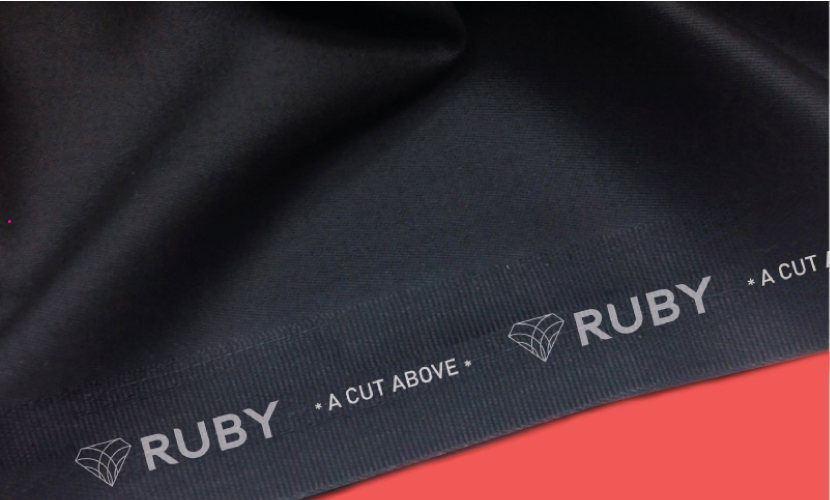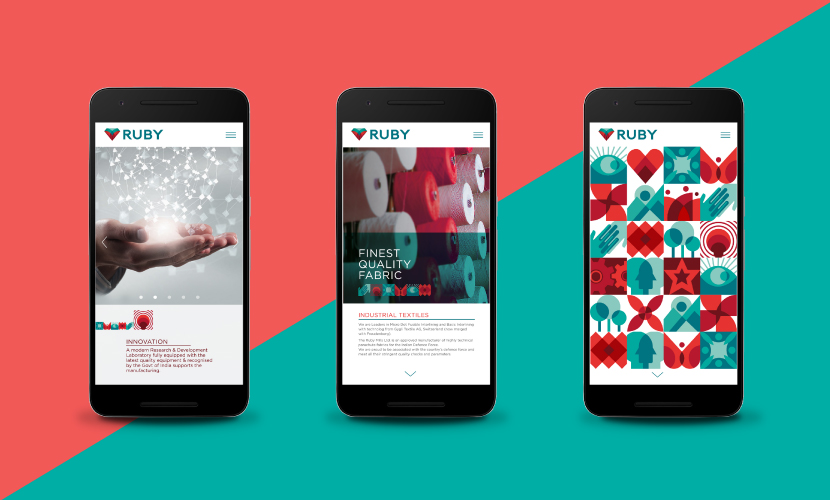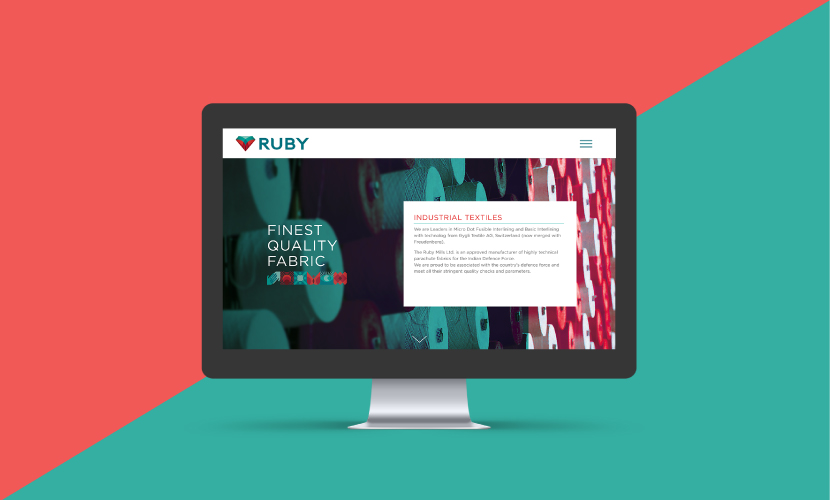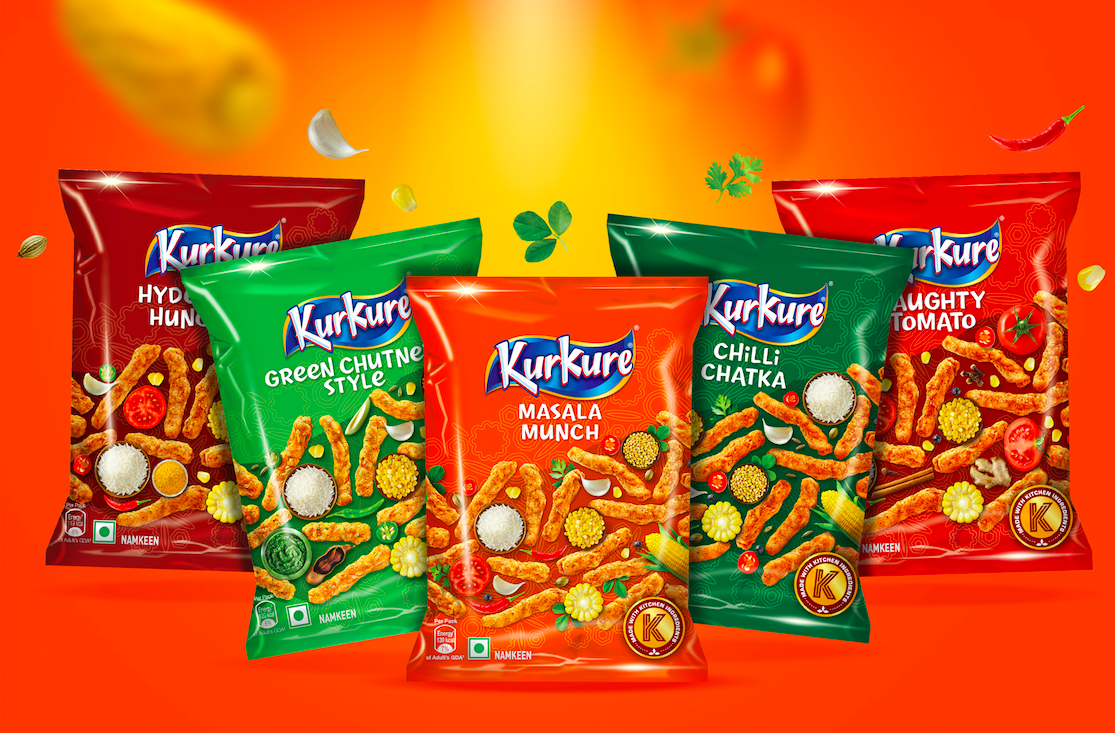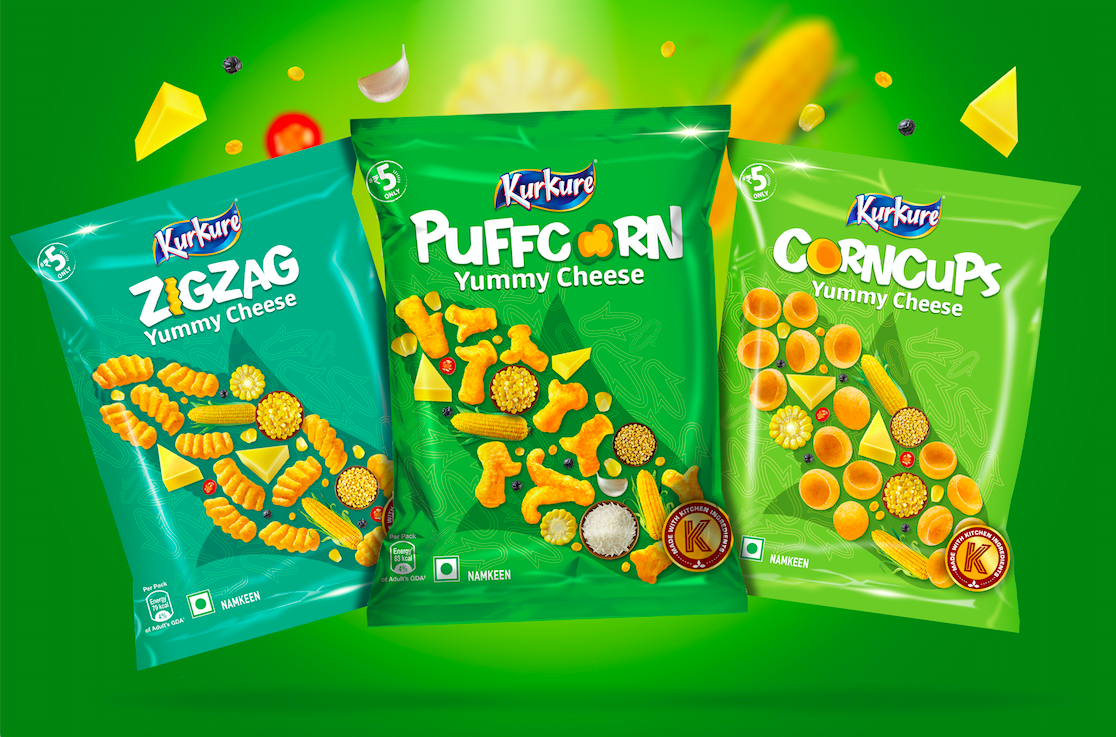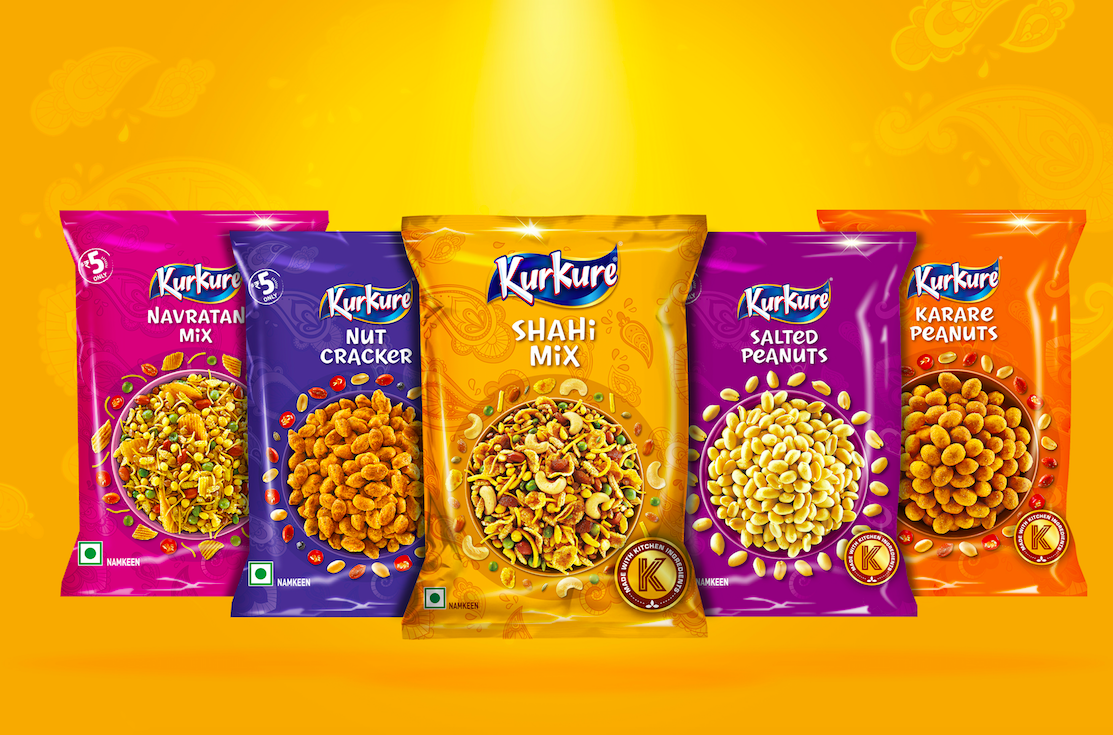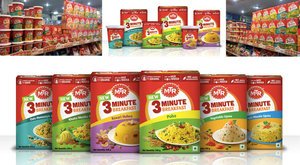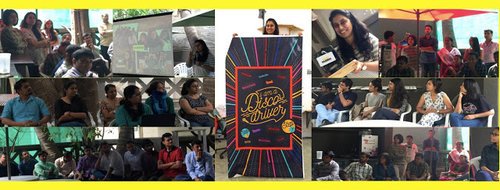Interestingly, one of the happiest Gen Z comes out of India among other countries. Indian individuals are defying linear ambitions to reach high with a mindset that doesn’t close off unconventional options. While wealth and travelling the world is a priority, marriage and religion tend to be less important in comparison to its predecessors.
What can make the parental generations anxious is how this hyper-cognitive generation consumes information in real time by integrating virtual and offline experiences. Being digital natives, even when they shop in-store, they get real-time feedback via whatsapp. Amazon has turned this into an opportunity and added a “you might also like” section under the product title along with ratings and reviews. We wouldn’t expect any less, would we?
It might be overstated but the Gen Zs live in a space of multiplicity, even with their identities.Their inclination towards unisex and unbiased products raises a question to many brands driven by gender about how long they can continue to make sense to the consumer. How should companies market clothes, cars or jewellery for that matter?
Since this generation has blossomed during economic prosperity, it wouldn’t be wrong to call them optimistic and driven by passion. They made self actualisation look cool, translating in a need of a fulfilling work environment. This in turn, makes the generation a huge contributor to the ‘gig economy’. What about the women of this generation, though?
After years of downplaying a woman’s role in society, with the likes of Aranya Johar and Naina Jaiswal, we can proudly say that females have more power and a stronger voice in society today.
Understanding this vivacious group of Gen Z females as consumers and what their need of the hour is can be a key for the brands to come.
Since the women of Gen Z are born with heavy social influence, social values play a big role in their decision making and purchase patterns. Reports suggest more than sixty percent of women expect brands to take a stance on social issues, inclusivity being one of the biggest concerns. Better late then never, maybe? American Eagle’s sub-brand, Aerie, has upped its game by adopting the no photoshop method and including models who are physically handicapped or have vitiligo, while Bumble has sneakily made room for itself in the lives of our Indian hearts by giving women a choice of quality.
If you don’t see a Gen Z woman scream about authenticity, you probably haven’t met one. It cannot be emphasised any more. This generation sees through the celebrity marketing that has been around for ages. Celebrities are no longer the trusted word of mouth. What these women are looking for are authentic influencers that aren’t aspirational but more grounded and relatable. Youtubers are their most trusted source. One of the most famous ‘influenza’ women are going crazy about is the hilarious Bhuvan Bam from BB ki Vines or Prajakta Koli, popularly known as MostlySane who subtly breaks stereotypes with a hint of humour.
No matter how much we label them as tech babies, Gen Z women are becoming skeptical about its benefits. This overwhelming constant connection has caused ‘technology fatigue’ and raised doubts about digital safety and security, though this fatigue hasn’t stopped the dependancy. Women are now worried about their personal details getting in the wrong hands, also a result of gender based harassment that women face online. The most common but rarely spoken about example is the usage of deepfakes to make non-consensual pornography.
So how do you break through this generation? If you are a marketer, you now know how enormously important it is for brands to please this generation since over ninety percent of household purchases are influenced by Gen Z, especially when it is regarding travel, food, lifestyle and furniture. One way to look at it is to rethink the value creation models. This pragmatic generation analyses not only what they buy, but also the very act of consuming. Redefining consumption as having access rather than owning them is the key. Unlimited access to products and services creates value and connects to the Gen Z, a model Uber and many other subscription based services follow. As the offline and online becomes one, the need to consume products or services at any time any place has become a norm, developing a need for omnichannel marketing to get creative.
All anchored in one element, essentially what Gen Z is saying is, ‘give me the truth and excite me at the same time’. If you still have any doubts, you can leave them at the door considering this is coming from a Gen Z herself.



































